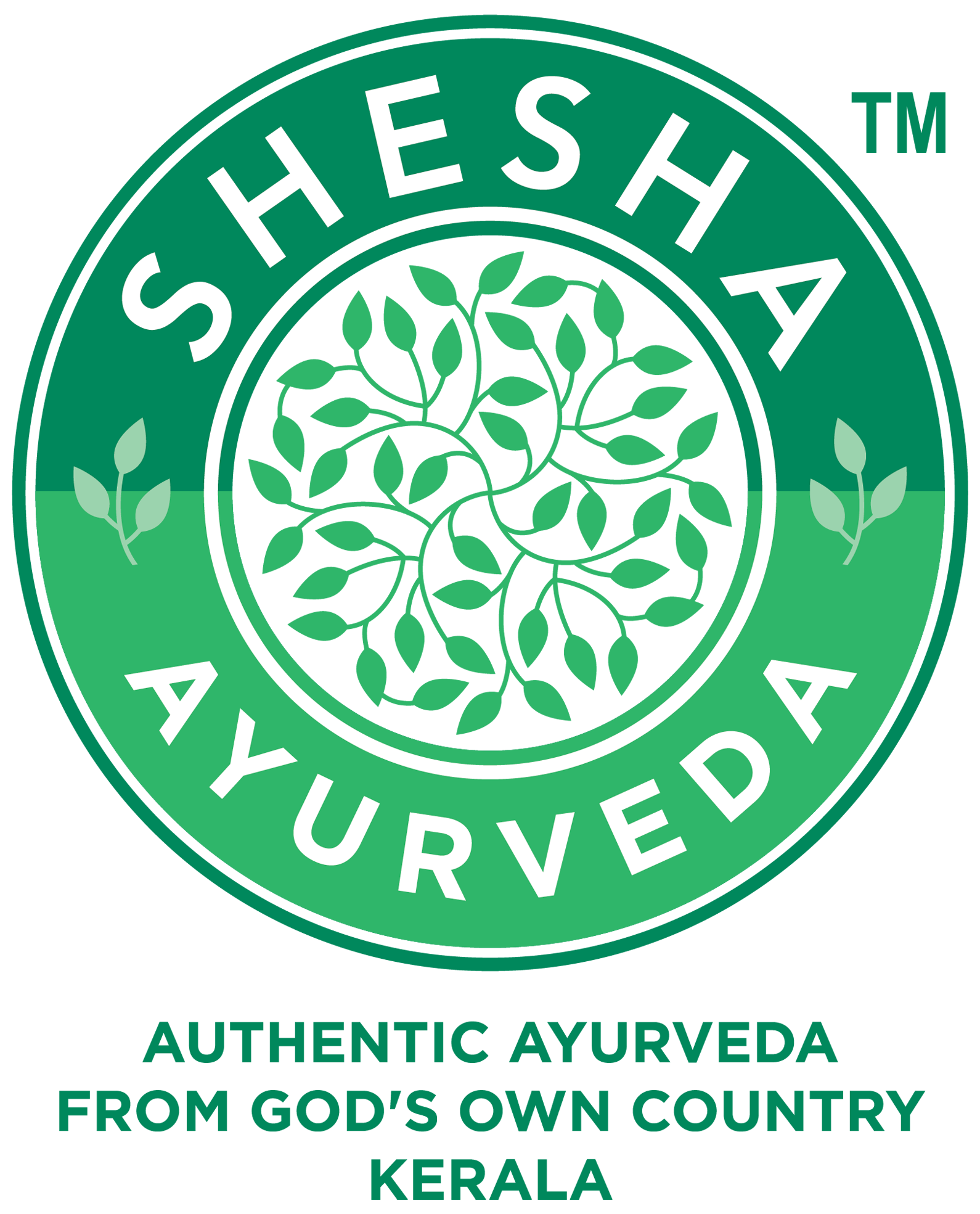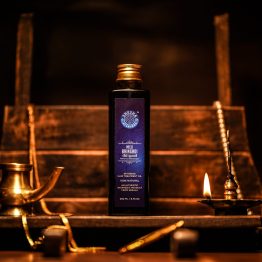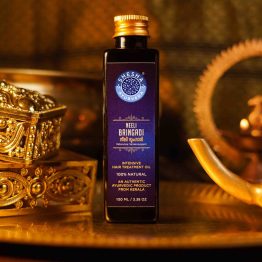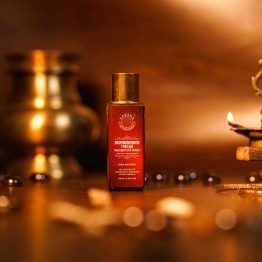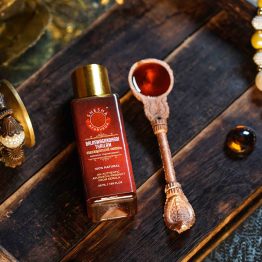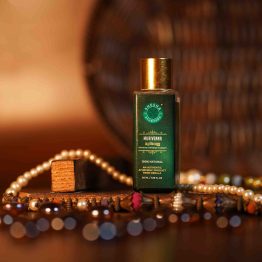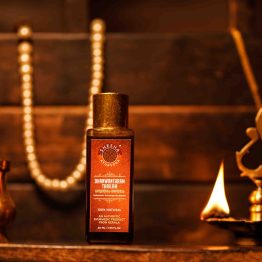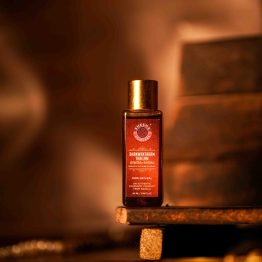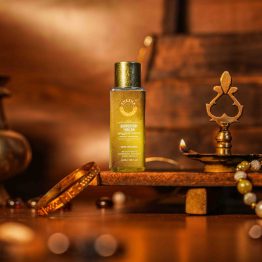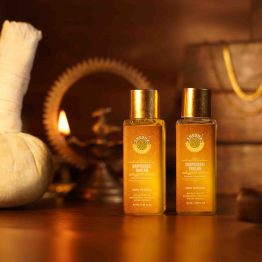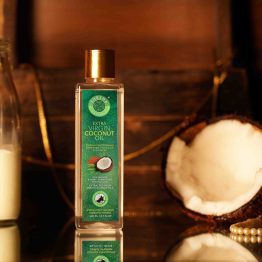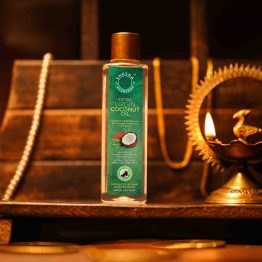Ayurveda, the 5000 year old science of life, has a solution to all your problems. According to Ayurveda, each person is made of five different elements -air, fire, space, earth, and water. And these elements combine to form the three doshas Vata, Pitta, and Kapha. Among these, in most persons, one dosha is the primary, and the other two are secondary.
Ayurvedic massage is designed as such to maintain balance among the body, mind, and spirit. An Ayurvedic oil massage incorporates warm oils and timed, non-traditional strokes, according to the individual.
An Ayurvedic massage involves
Ayurvedic oils
An Ayurvedic massage uses organic oils infused with Ayurvedic herbs. This oil is warmed and applied to provide relaxation and detoxification.
Ayurvedic oils are chosen based on a person’s dominant dosha. Given the right temperature, the oils penetrate through the skin pores and bind to the toxins (ama) to detoxify the body.
The oils that can be used for different dominant doshas are
- Vata – Heavy oils like sesame, Bhringaraj are used
- Pitta – Neutral and cooling oils like coconut, castor, ghee, Bhringaraj oil, Brahmi oil, neem oil
- Kapha – Stimulating and light oils like flaxseed, canola, safflower oil.
Various kinds of massages
Ayurveda describes various kinds of Ayurvedic massages.
Abhyanga
Abhyanga is anointing the body with warm, medicated oils. This is explicitly done before bathing and can be performed by everyone. Abhyanga is a kind of self love and self care. According to Ayurveda, you have to massage the herbal oils so that they penetrate deep into the skin. Abhyanga can be done daily.
Gandharva
It combines both touch and sound therapy to improve the energy flow of the individual. Oil massage, along with crystal singing bowls, vibrates and transforms the body’s cells. This treatment provides blissfulness.
Marma
This is done exclusively by the therapist. The Marma points are vital energy points. During a marma massage, dosha specific oils and circular touch stimulate the energy points. Marma massage boosts circulation and relieves stiff muscles.
Udwarthanam Massage
This massage is done with powdered herbs. The therapists exfoliate the skin and cleanse it thoroughly by applying a powder layer to your body. This removes stagnant toxins from the body.
Pizhichil
Pizhichil is also known as an “oil bath” where a continuous stream of herbal oils is smoothed into the body. This enhances circulation, purifies blood, and eliminates toxins.
Shirodhara
In Shirodhara, a soothing stream of warm oil is poured onto the forehead. This treatment calms the central nervous system.
Vishesh
Vishesh is another massage technique and uses firm, slow strokes. Vishesh is followed by Abhyanga massage.
Ayurvedic massage for each dosha
An imbalance of dosha in Ayurveda is treated with its opposite. Hence, most massage focuses on countering a person’s predominant dosha.
Kapha – Kapha types in balance, have a sturdy build, healthy digestion, and a sense of calm. An imbalance results in lethargy, obesity, depression, and apathy. Kaphas benefit from Vishesh, the deep tissue stimulating massage.
Pitta – Pittas are friendly, joyful, with strong digestion when in balance—an imbalance results in lack of focus, constant thirst, fever, irritability. Pittas benefit from Abhyanga as it calms the central nervous system and releases toxins.
Vata – Vatas in balance is energetic, enthusiastic, and creative. An imbalance results in weakness, arthritis, constipation, and digestive challenges. Shirodhara and Marma help pacify Vata aggravate.
Benefits of an Ayurvedic massage
- Balances the doshas
- Detoxifies and cleanses
- Enhances immunity
- Improves circulation
- It soothes the body and mind
- Healthy glowing skin
- Reduces stress
- A sense of relaxation
- Increases flexibility of muscles
- Helps in lymphatic drainage
